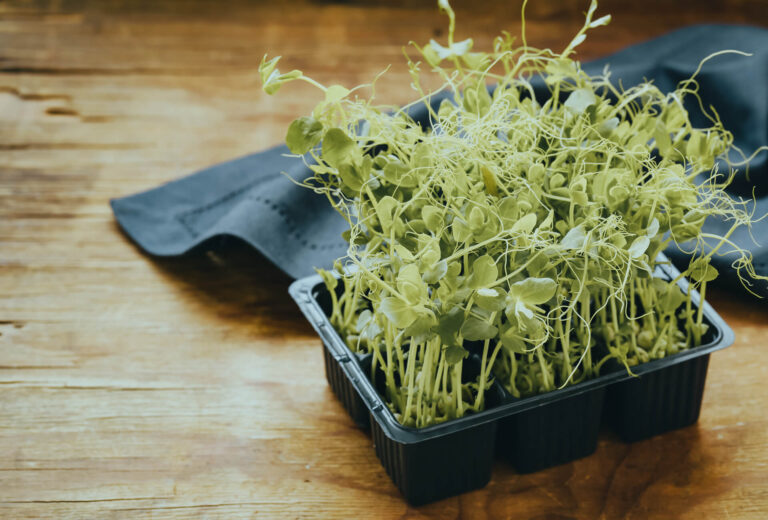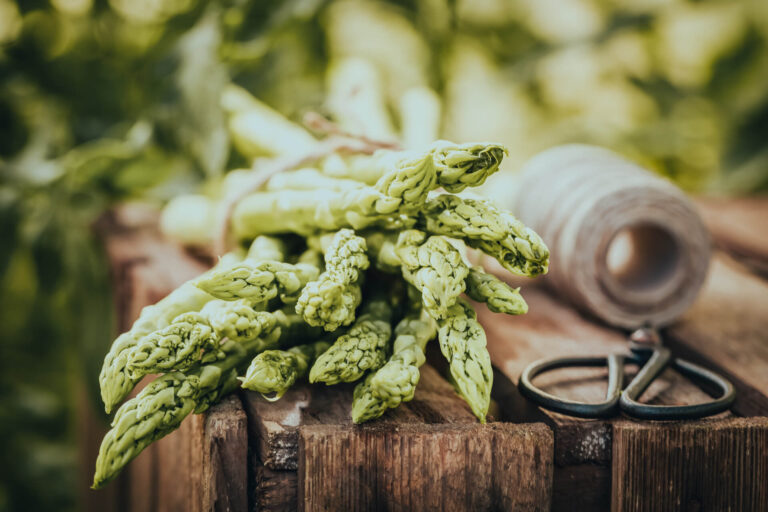Everything You Need to Know About Radishes
- OSF Orto
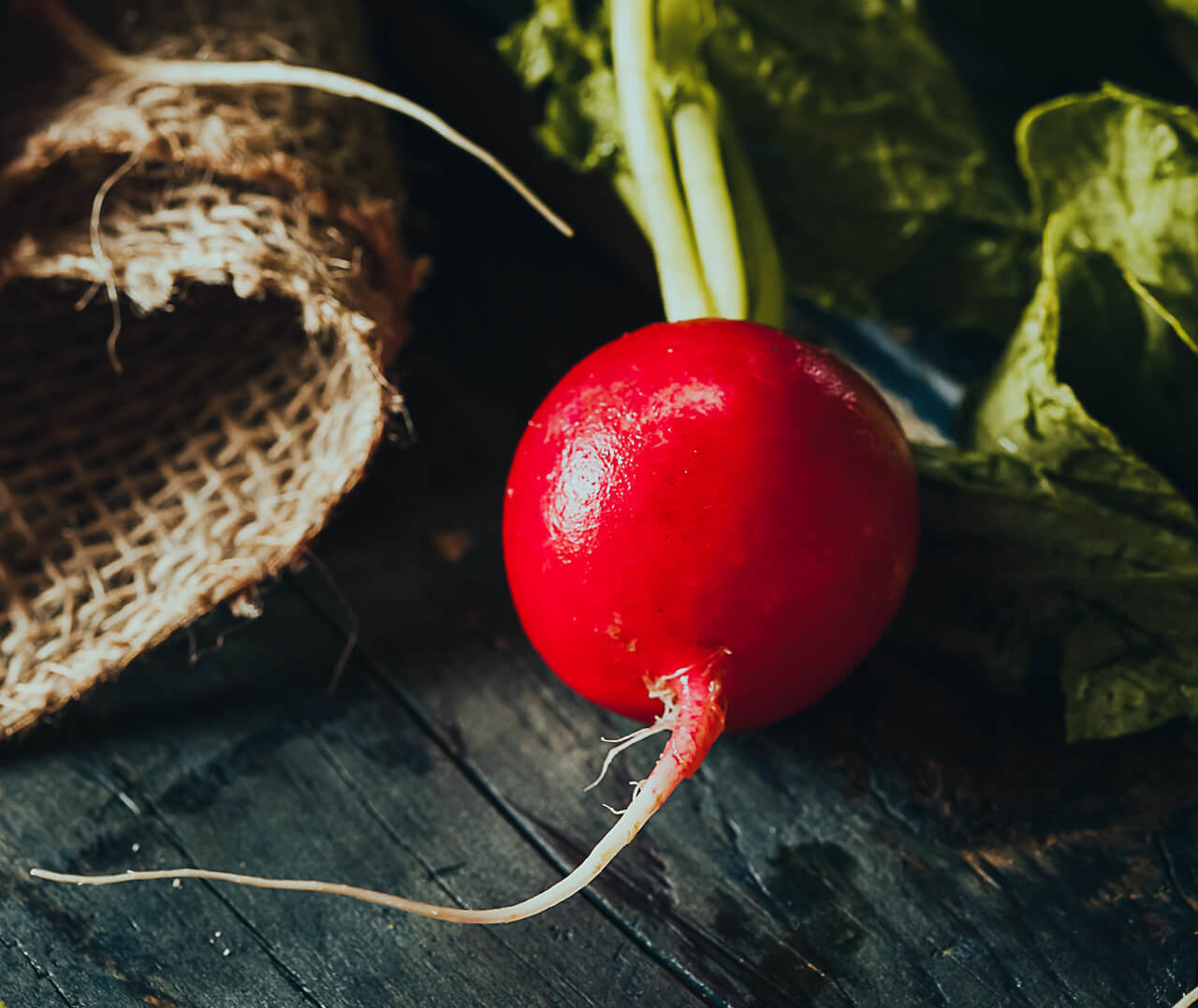
History
Historically, radishes have been around since ancient times. The first radishes were believed to have been grown more than 4,000 years ago in China. Later, they spread to Japan, Korea, and India as well. Radishes were also grown by the ancient Egyptians, as they were depicted in hieroglyphics and were even found in the tombs of pharaohs.
Both Greeks and Romans used radishes for food and medicine. Radishes became a popular crop in Europe during the Middle Ages and were grown in gardens and monasteries. The French grew them in large quantities and used them in salads and other dishes.

Facts About Radishes
- Radish is derived from the Latin word ‘Radix’ which means ‘root’.
- A mild flavor would result if you peeled it, as the peel contains most of the bitter flavor.
- In Oaxaca, Mexico, elaborate sculptures are carved from radishes each December during the festival.
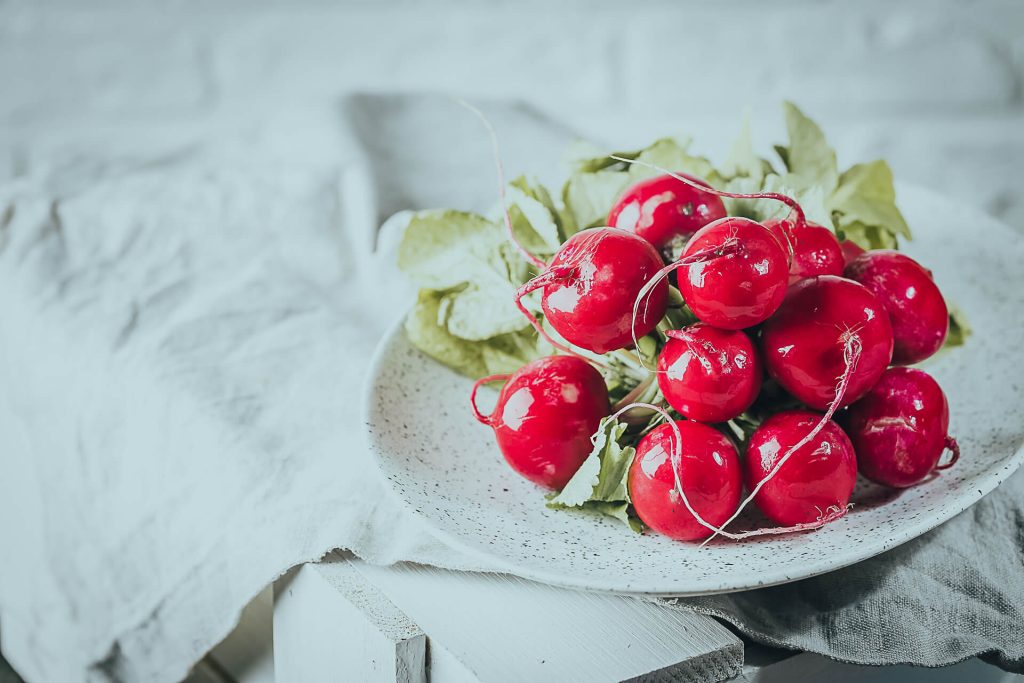
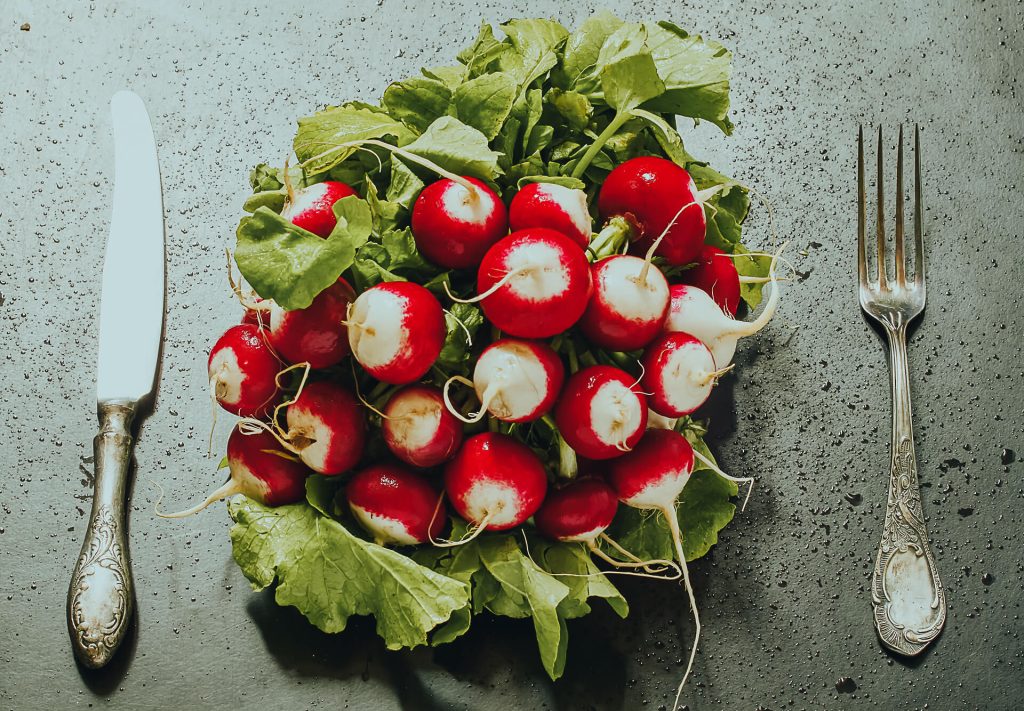
Health Benefits
Radishes contain antioxidants and minerals including calcium and potassium. This combination of nutrients lowers your blood pressure and reduces your chances of developing heart disease.
Radish is also an excellent source of natural nitrates, which improve blood circulation. Radishes are low in carbs, so they’re a great choice for those watching their sugar or carb intake. They are low in calories and low glycemic index, but they are high in vitamins and minerals, for example, calcium, vitamin C, riboflavin, folate, niacin, and thiamine.

When to Plant Radishes
Depending on the climate and weather conditions, radishes can be planted in different months. Radishes are generally a cool season crop that prefers temperatures between 10°C & 18.33°C (50°F & 65°F).
You can directly sow radishes from late February to April for spring planting. Radishes can be planted from late August to October for fall planting.
Radish plants prefer soils that are loose, well-draining, and rich in organic matter. Ideally, the soil pH should be between 6.0 and 7.0 for radishes to grow.
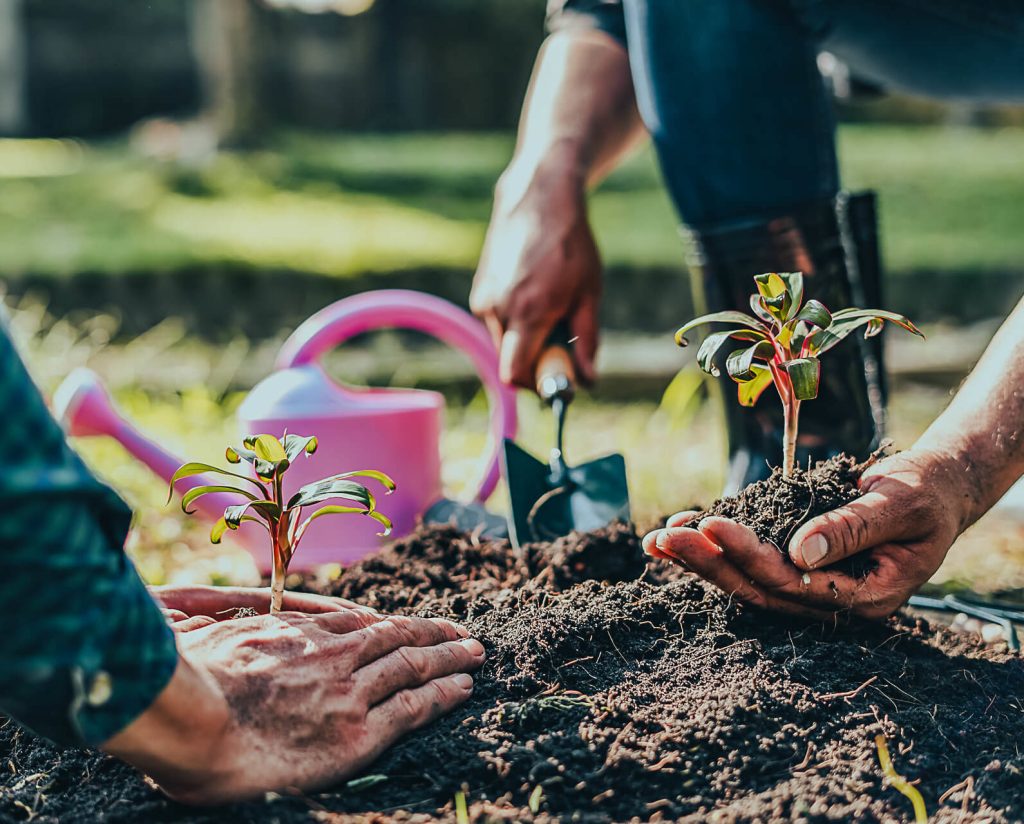
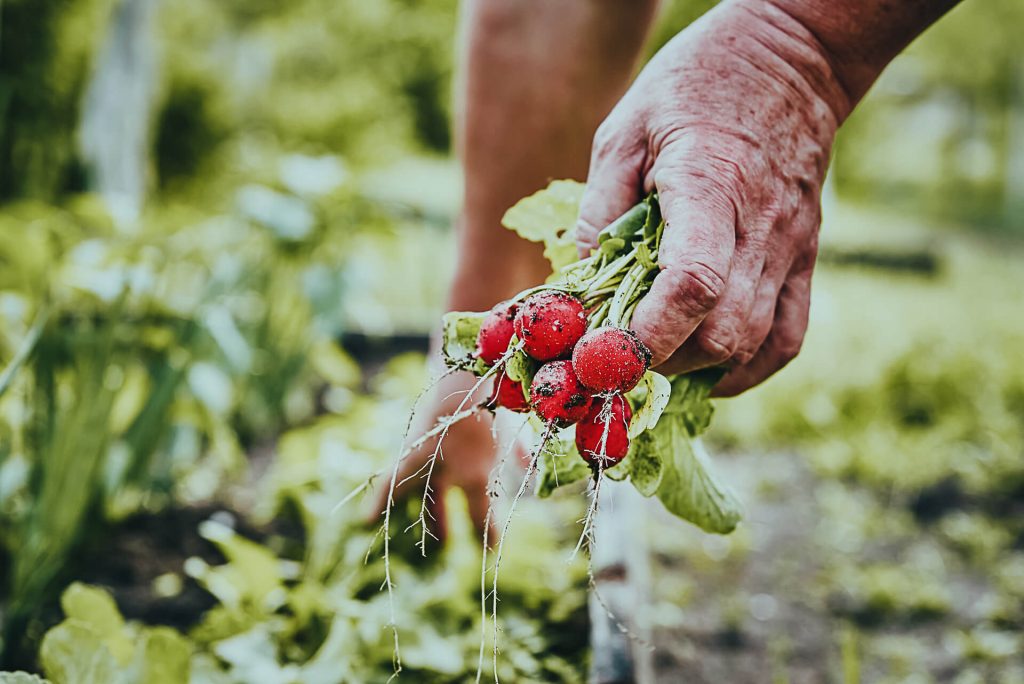
Harvesting
It is generally best to harvest radishes 3-4 weeks after planting when the roots have reached their mature size. It is important for the roots to be firm and crisp, with a light and uniform color.
Spring-planted radishes can be harvested from April to May, while fall-planted radishes can be harvested in October and November.

Companion Plants for Radishes
The best companion plants to grow with radishes are dill, parsnip, pole beans, mint, peas, and marigolds.
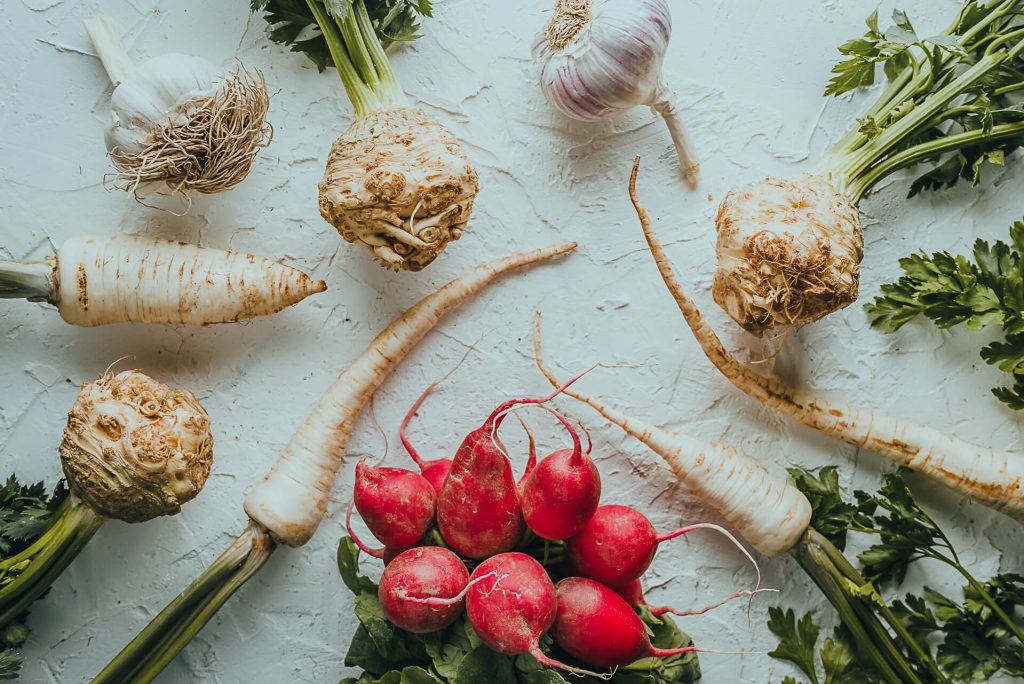
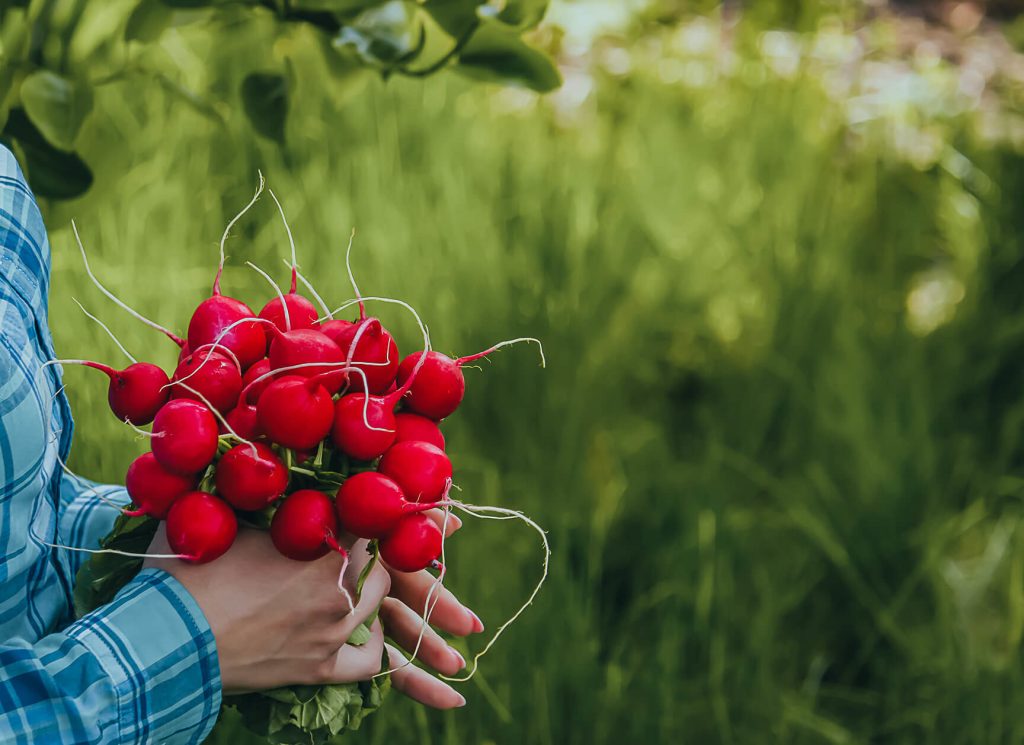
Summary
Radishes have been around since ancient times, with the first being grown in China more than 4,000 years ago. They are a cool season crop that prefers temperatures between 10°C & 18.33°C (50°F & 65°F). They contain antioxidants, minerals, and natural nitrates, and are low in carbs, calories, and glycemic index. They can be planted in different months and prefer soils that are loose, well-draining, and rich in organic matter. Harvesting is best done 3-4 weeks after planting when the roots have reached their mature size. Companion plants for radishes include dill, parsnip, pole beans, mint, peas, and marigolds.




